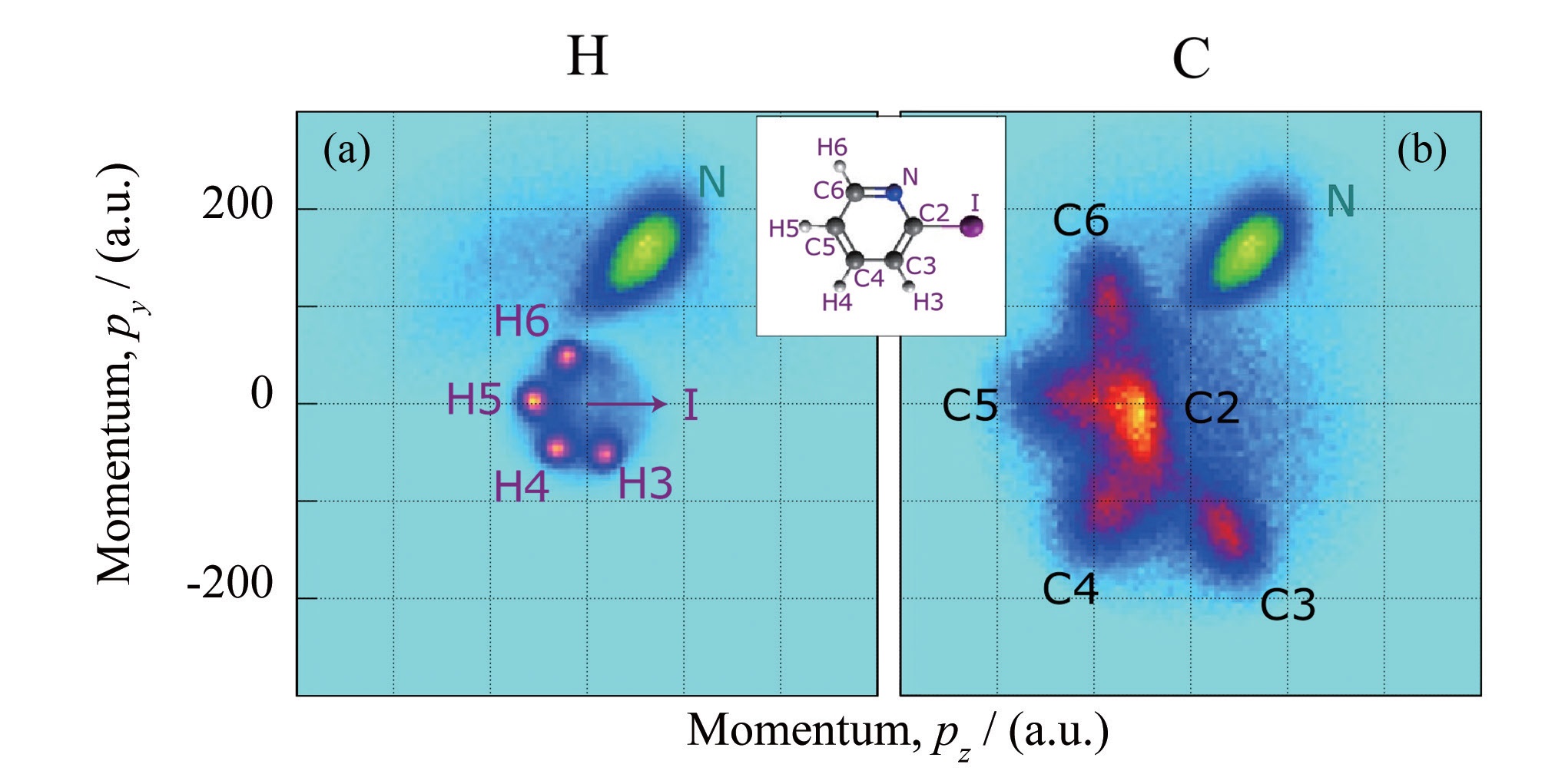短波自由电子激光产生的从极紫外(XUV)至硬X射线范围内连续可调的超强、超快和高相干性的脉冲辐射,为研究原子、分子和团簇中的超快电子和结构动力学过程开辟了新的途径。从原子的少光子单电离、少光子多电离和多光子多电离过程,到单脉冲的分子结构成像和时间分辨的分子动力学,再到团簇中的超快能量和质子转移过程,短波自由电子激光的应用非常广泛,并且取得了一系列重大的成果。通过一些科学案例,梳理了短波自由电子激光在原子、分子和团簇领域的研究进展。最后,总结了短波自由电子激光目前在该领域取得的成就,并展望了未来发展趋势。
Short-wavelength free-electron lasers provide ultra-intense, ultra-fast, and highly coherent pulse radiation, tunable from extreme ultraviolet (XUV) to hard X-ray regimes, opening up new avenues for studying ultra-fast electron and structural dynamics processes in atoms, molecules, and clusters. From the few-photon single-ionization, few-photon multiple-ionization, and multiphoton multiple-ionization processes induced in atoms to single-pulse imaging of molecular structures and time-resolved molecular dynamics, further to ultra-fast energy and proton transfer processes in clusters, short-wavelength free-electron lasers have a wide range of applications and a number of groundbreaking achievements have successively achieved. The recent research progress of shortwavelength free-electron lasers in the field of atoms, molecules and clusters is systematically reviewed through several illustrative scientific cases. Finally, the current achievements and future development trends of short-wavelength free-electron lasers in this field are summarized and prospected.



